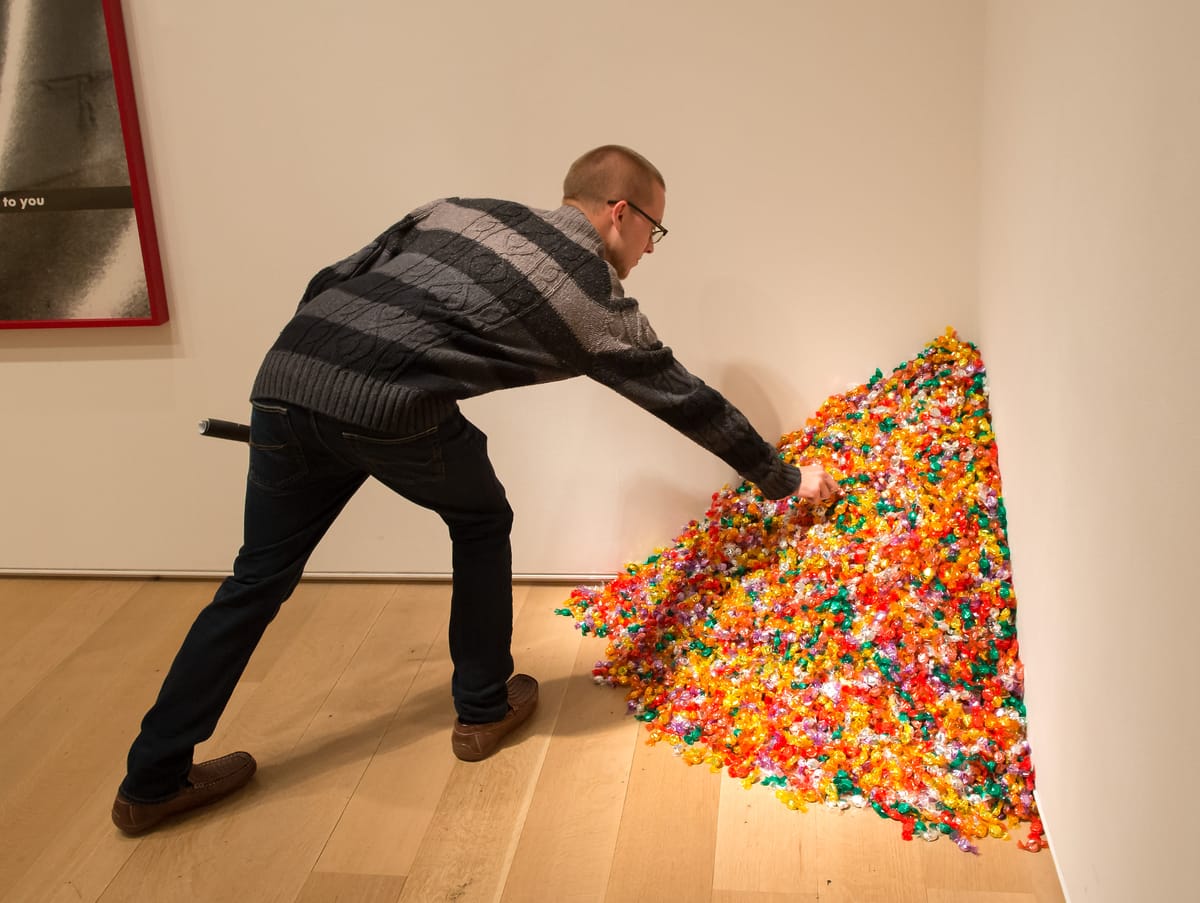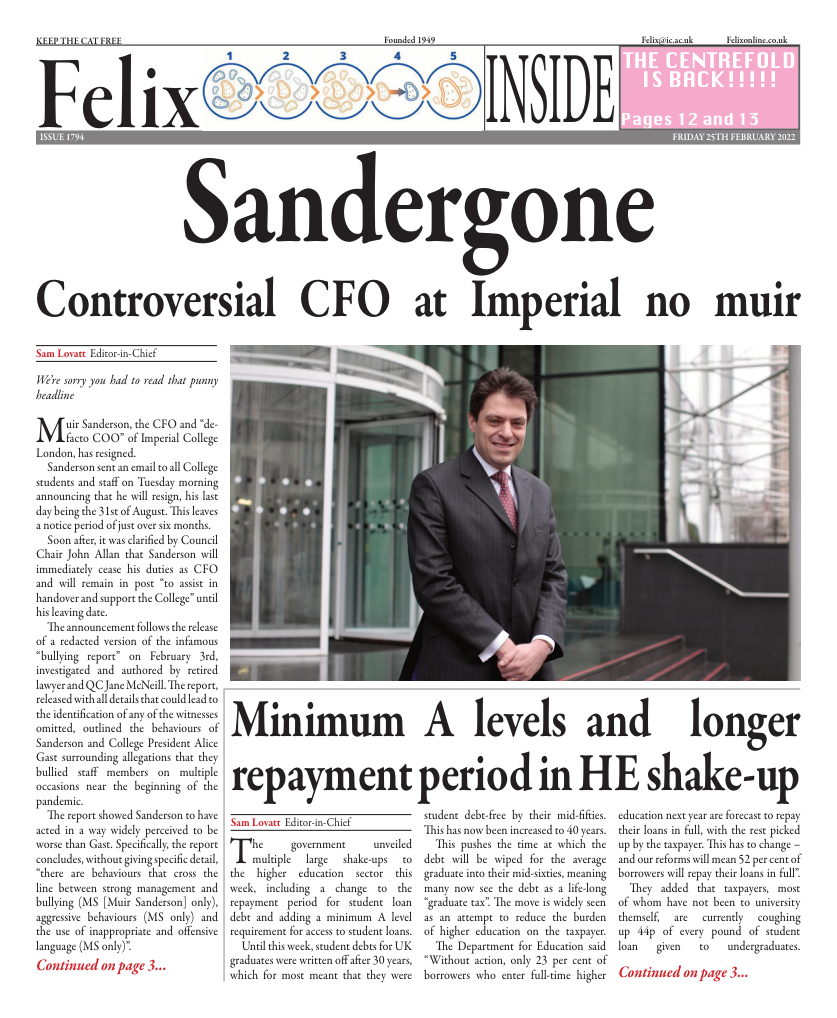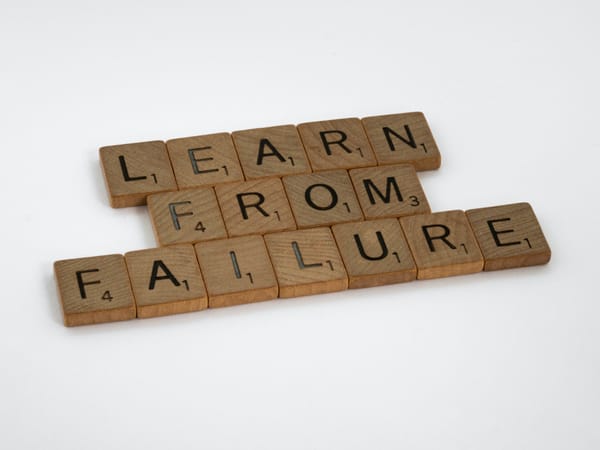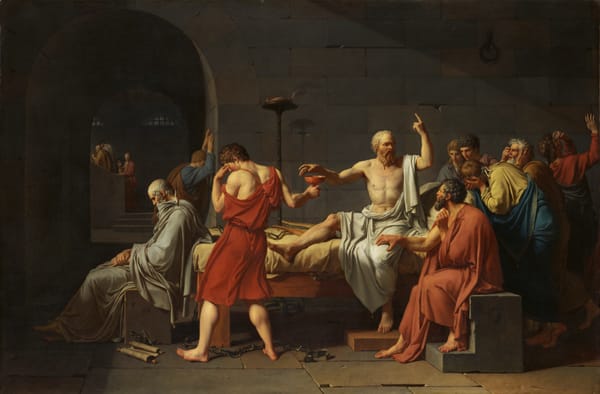Félix González-Torres: Conceptualising the HIV Epidemic
González-Torres created visual art using commonplace objects such that his work appeared simplistic on the surface, but he often touched upon his personal life and the widely ignored emotional toll of the HIV epidemic on the LGBTQ+ community in the 80s.

What is art? … I know, I know, everyone, their secondary school art teacher, and the post-industrial walls of the Tate Modern have heard that one before, but hear me out. Can everyday objects be art? Can a pile of sweets represent a portrait? Can you take away from an artwork to reveal more about it? I hear you shaking your heads indignantly, however I want to explore these questions by celebrating a contemporary LGBT artist—aptly named Félix González-Torres.
González-Torres was an openly gay conceptual minimalist artist from Cuba, born in 1957. After graduating from art school in Puerto Rico, he moved to New York City in 1979 and continued to learn and produce there, as well as throughout Europe, until his untimely death at the age of 38 due to health complications from AIDS. His lover, Ross, who died five years prior (also due to AIDS), influenced many of his installation pieces. González-Torres also belonged to an innovative group called ‘Group Material’ whose aims were social and cultural activism through the medium of conceptual art. Conversely to the inflammatory, overtly sexual, anti-censorship works of many queer artists of the late 1980s and early 1990s’ ‘culture wars’, González-Torres aimed to mitigate controversy and bypass censorship with his commonplace mediums.
Conceptual art refers to art that values the ideas it conveys over the visual or aesthetic representation of a subject, or the materials used to produce it. González-Torres characteristically used everyday objects such as lightbulbs, battery-powered clocks, candles, and sweets to convey personal, social, and political concepts. Similar to the now infamous Comedian (which were three identical certificates of authenticity for the installation of a banana duct taped to a wall, with one selling for a staggering $150,000 USD), his work was not created for its intrinsic material value or irreproducibility. This meant that it could be reconstructed in galleries by purchase of his specific instructions, outlined in his ‘contracts’. His art, however, has an arguably deeper meaning, which I will examine by showcasing one of his most famous works.
González-Torres’ most recognisable installations are his ‘candy spills’. Employing mounds of shiny, individually wrapped sweets, as per his instructions, which would be weighed and placed in the corners, under inconspicuous walls, or directly in the centre of gallery spaces. Visitors would be encouraged to take a candy and do what they like with it. The piles diminished in volume and mass, but although they did so, curators would constantly replenish the heaps, thus keeping them in a perpetual state of plenty.
“Untitled” (Portrait of Ross in L.A.) (1991), is a particularly tragic piece, as it directly references his partner Ross and his experience of dying of AIDS-related complications. Its 79 kilograms of “candies in various colo[u]red wrappers”—equal to Ross’ ideal body mass—were piled up in the corner of a room. As each viewer took a sweet, the mass decreased, representing Ross’ rapid weight loss in his final years of suffering. Yet by replenishing the stock, his memory is seen to be perpetually reincarnated through the exhibit. Additionally, I think it is a statement of activism. Left discarded in a corner, whilst also being exhibited to the public eye by its context in an art gallery, draws ties to the propagation of information about the HIV Epidemic of the ‘80s. The disease was covered majorly in the media of the time, yet relatively little was done to help and support those suffering from it. As if they were swept into a corner of a brightly lit room and slowly left to die of neglect in front of everyone. Others have likened the piece to a compound allegory of HIV and its transmission. Everyone that came into ‘oral’ contact with Ross by eating a candy could easily become ‘infected’ by the chocolate, the sugar of which goes straight into the consumer’s bloodstream. Furthermore, as a medical student, I cannot help but see each individually wrapped sweet as an analogy of an HIV virion; the wrapper representing its membrane, and the sweet its capsid and RNA insides. The visitors, on the other hand, act as T lymphocyte immune cells tricked into engulfing the virus because of its inconspicuous ‘wrapper’. The constant replenishment of the sweets, a comparison to HIV’s replication in the body and recurrent viral load in those untreated at the time.
The plastic within which the candies have been wrapped is also significant. It reminds many, who saw the works at the time, of the masses of ‘plastics’ (condoms) given out ‘like candy’ throughout the gay community in Los Angeles. Others have said that the act of eating such a compartmentalised confectionary off a gallery floor (which one would not normally do) bears witness to the stigma against HIV-positive individuals. González-Torres is basically asking us: You wouldn’t eat unwrapped candy off the floor? Even today, the notions of ‘clean’ and ‘dirty’ affect those who are HIV-positive. The colours of the wrappers are also relevant. In other works, such as “Untitled” (USA Today) he uses red, white, and blue wrappers to symbolise the USA, whereas, in “Untitled” (Portrait of Ross in L.A.) they were multicoloured. I see this as a direct reference to the rainbow Pride flag and possibly a comparison to the diversity of the LGBTQ+ community.
Mass production and cultural heritage play a role in this piece also. González-Torres actively wanted to avoid the American stereotype of South American art as vibrant, busy, and colourful by using simple, usually monochromatic, mundane objects. The plastic material, uniformity of form, and ‘ready-made’ replicability of the sweets comments on the rise of modern consumerism. In his instructional contracts, he would outline how the installation’s medium was an “endless supply”, just like the ubiquitous production of identical goods found in every corner of the USA.
Finally, I would like to end with a quote from an interview in 1995, in which González-Torres says the following regarding his work being featured in an exhibition at the Guggenheim in New York City: “I’m gay. But I don’t make work about being gay … [I] just include it … [I make the work about being] In love with a man … it’s very political. Because you are going against the grain of what you are supposed to be doing. You are not supposed to be in love with another man, to have sex with another man. … [My art] is sentimental, but it’s also about infiltration. It’s beautiful; people get into it. But then, the title or something, if you look really closely at the work, gives out that it’s something else.” In my opinion, this demonstrates his desire to circumvent the anti-gay narrative and divulge his art to a wider audience, whilst leaving hints for those eagle-eyed LGBT-few. So, now over to you. Next time you see a pile of sweets spilling out of a bag, or a pile of haphazardly placed everyday objects, think about what they could symbolise. Or think of what ordinary things you could use to convey a deep meaning of something important to you.









